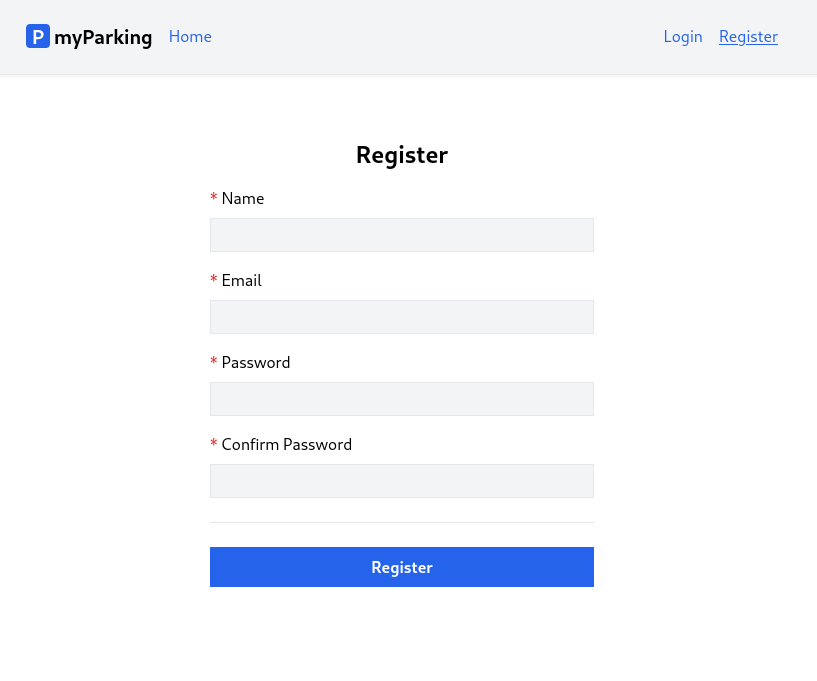In this lesson, we will focus on implementing authentication, which is a crucial aspect for our client. Our objectives are as follows:
- Upon successful registration, the client will save the token to the local storage.
- When the logout button is pressed while the user is logged in, the access token will be removed, and the user will be redirected to the login template. We will implement the login page itself in the next lesson.
- The navigation links will be displayed or hidden based on the user's login status.
- If a request fails with a 401 Unauthenticated response, the user will be redirected to the login page.


- Create a new dummy component
src/views/auth/Login.jsx...

Hi Povilas,
I know you always say you are not a frontend person. I am in the same boat as you. I just do not enjoy frontend. On the contrary, I enjoy backend so much.
However, I have this observation on frontend and storing Access Token on the local storage. A JavaScript tutor once said, "if you can store the token anywhere in the browser (like local storage, for instance), it can be retrieved with JavaScript by hackers".
Perhaps, you could consider doing the next tutorial (on your to-do list) you have on frontend, storing the Access Token in state.
Finally, I must say, I have learnt new tips from this tutorial as I was really anticipating it.
Cheers!
Hi,
To put it simple there 2 ways of storing tokens.
Local Storage:
Authorizationheader.Cookies:
httpOnlyandsecurecookies. That means your cookies cannot be accessed using JavaScript.Depending on your use case, you might not be able to store your tokens in the cookies. Cookies have a size limit of 4KB. There are scenarios where you can't share cookies with your API server or the API requires you to put the access token in the Authorization header. In this case you won't be able to use cookies to store your tokens.
However while
httpOnlycookies are not accessible using JavaScript, this doesn't mean that by using cookies, you're safe from XSS attacks involving your access token.If an attacker can run JavaScript in your application, then they can just send an HTTP request to your server and that will automatically include your cookies. It's just less convenient for the attacker because they can't read the content of the token although they rarely have to. It might also be more advantageous for the attacker to attack using citim's browser rather that using the attacker's machine.
localStorageand cookies are vulnerable to XSS attacks but it's harder for the attacker to do the attack when you're usinghttpOnlycookies.So it depends on your app implementation if you allow someone remotely execute code on a client machine using XSS.
Implementing your own cookie authentication might be not a trivial task.
Laravel Sanctum provides 2 ways of authenticating your application, one of them is using API Tokens which we chose as an auth option for this course.
Another option Laravel Sanctum provides is cookie based stateful sessions to your API endpoints, and we have a tutorial for that too: https://laraveldaily.com/post/laravel-api-auth-vue-sanctum-examples
Thank you for the clarification. The tutor also mentioned the httpOnly. I will do more research on this subject of tokens.